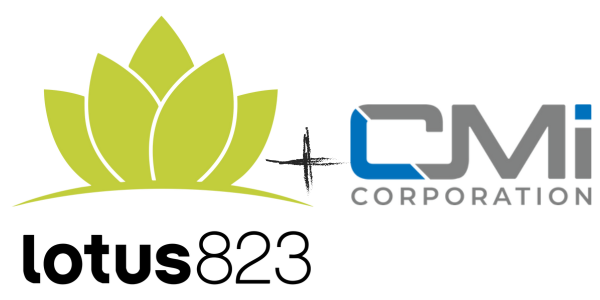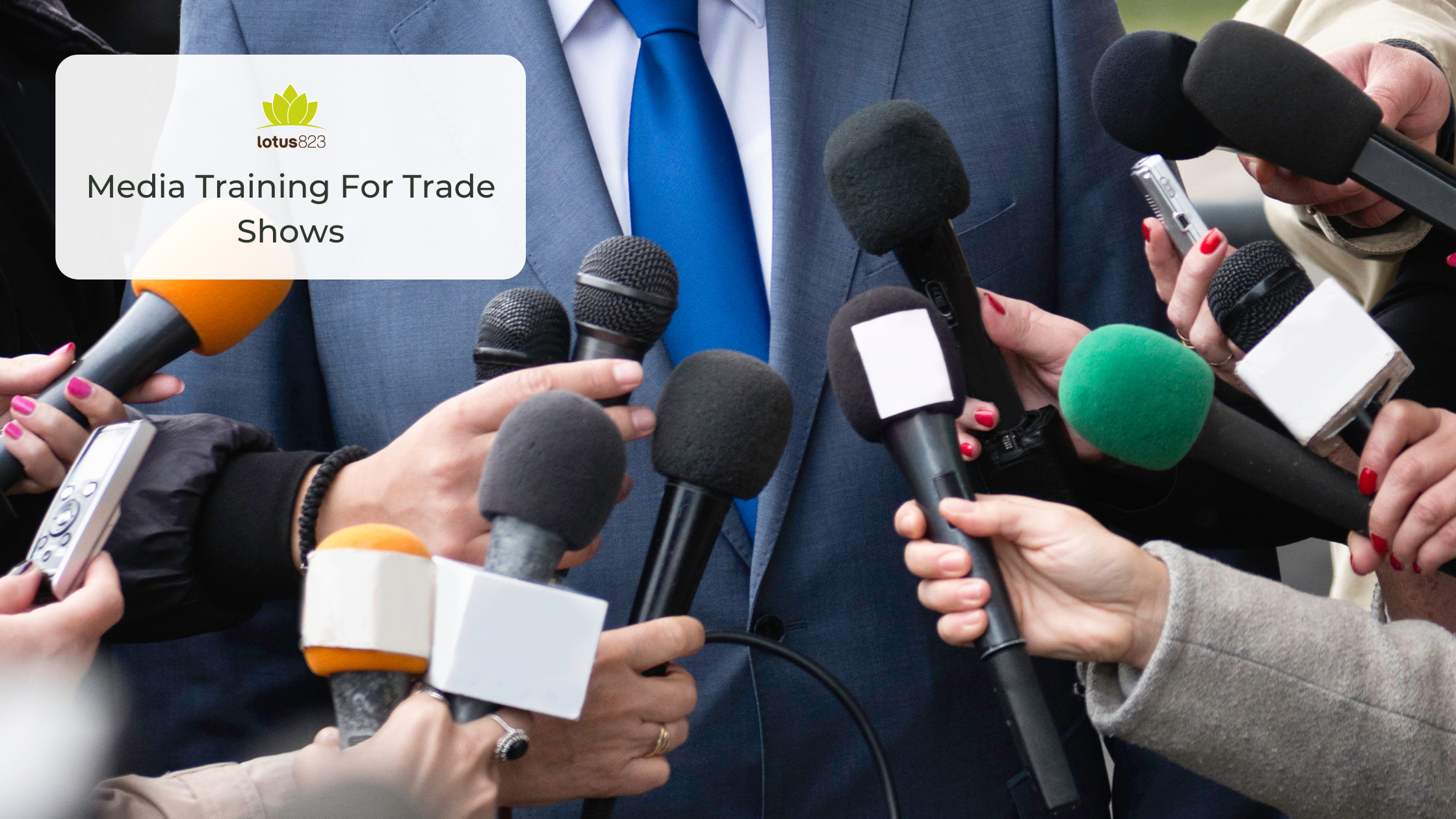
As summer winds down and August comes to an end, it’s time for our monthly industry wrap-up!
August was a hot month for the digital marketing industry. With new social media platform updates and features as well as insights on how to adapt to emerging industry tools and metrics, we’ve laid it all out for you right here. Continue reading for August’s industry highlights!
Social Media Updates:
YouTube Now Allows Creators to Remove Community Guideline Strikes
As a consequence of violating YouTube’s policies with spam, scams, or copyright infringements, the platform can issue strikes against users, videos, and channels. Depending on how many strikes are given, users have the potential to lose their ability to publish fully monetized videos or have their entire channel terminated. YouTube now allows creators to take a training course after, receiving a warning for a first violation. If they can complete the course and have no repeat violations for 90 days, their channel warning can be removed.
TikTok Adds New Way for Advertisers to Display Ads in Search Queries
TikTok just made it easier for advertisers to hit their target audiences. With its new “Search Ads Toggle” in the ad campaigns, brands can have their ads displayed in more specific and related search results. While TikTok Search Ads have been around for a year, this new feature provides a less complex way for brands to extend their reach and grow their online visibility.
Meta Launches New Tool to Track Branded Content Campaigns
Meta’s new “Search Branded Content” feature is here to help. This new digital marketing tool opens the door for marketers wanting to take a deeper look into competitors’ marketing strategies. Located in the Ads Library, users can filter through the database by platform, date range, and username to gain insight into their frequency, approach, and more.
LinkedIn Rolls Out New Features to Enhance Newsletters
Over the past year, the popularity of newsletters has grown rapidly. So much so that LinkedIn took notice and acted. To assist its users, LinkedIn has made some internal upgrades to make it easier than ever to create and distribute newsletters. A redesigned publishing interface, automated follows for subscribers, and an increase in how many newsletters one account can produce are just a few of the upgrades LinkedIn rolled out.
Marketers Trialing Threads Say it Comes at the Expense of Instagram, and Facebook
Twitter’s rebranding to X and Meta’s Threads launch have stirred conversations in the industry. A recent survey by Capterra showed that half of the marketers surveyed believe that Threads will eventually weaken Meta’s marketing including on Instagram and Facebook. Marketers are cautious, seeking strong success indicators from emerging platforms like Threads before investing more. The challenges faced by X, including advertiser exodus, continue despite the changes made to leadership. Although certain emerging platforms gain attention, decentralized ones like Mastodon face lower adoption and usage complexities.
Industry Updates:
Marketers Ramp Up Social Spending as ROI Prospects Improve
The tech earnings in July signaled a positive turn for the digital ad market after a year of challenges. Advertiser Perceptions’ data supports this recovery, showing an attitude change towards social media spending since spring. The study, based on a survey of 300 executives with significant media budgets, highlights differences between brand marketers and agencies. While brand marketers prefer social media, agencies are more likely to increase investments in CTV and linear TV. Platforms like X (formerly Twitter) and Snap have faced challenges, while Meta Platforms have seen growth due to AI investments after grappling with Apple’s policy changes. The ability to reach target audiences is a key factor for media partner selection, particularly for brand marketers.
Navigating the AI Content Boom: Risks, Investments, and the Urgent Need for Standards
AI-generated content could make up around 90% of online content and information by 2026, according to a Europol study. This surge in AI content presents challenges in combating disinformation and emphasizes the need for human-generated content. The rise of AI adoption has led to significant investments, with $40 billion invested in AI startups in the first half of 2023 alone. Concerns continue to rise around unreliable AI-generated content, as seen with articles written by AI that contain multiple errors. The lack of standardized labels to differentiate AI-assisted content from human-generated content poses problems, leading to outcomes such as Hollywood writers’ strikes and legal disputes concerning copyright infringement. As AI-generated content becomes more widespread, dependable human-crafted content will gain increased significance.
Attention Metrics Are the Next Frontier of Digital Ad Measurement
Viewability has been a significant standard in the advertising industry, ensuring that ads are visible to consumers to drive results. An impression is considered viewable if a certain percentage of pixels are visible for a specific duration, as defined by the Media Rating Council (MRC). However, the emphasis on viewability has led to cluttered and intrusive ad experiences on websites, causing audiences to ignore ads. Attention is now emerging as the successor to viewability, focusing on whether consumers notice and engage with ads. While advertisers have shown a significant increase in interest in attention metrics, there’s still progress needed to become as widespread as viewability.
Looking to elevate your brand’s digital footprint? Contact our team of marketing experts who will work to produce a consistent presence that drives traffic and sales!








